Close to 10,000 Irish landowners claimed almost €24m in income tax reliefs in 2017 under the long-term leasing scheme for farmland, according to new figures from the Revenue Commissioners (Figure 1).
While the volume of acres leased under long-term leases is not disclosed by Revenue, there has been a substantial rise in the individual number of landowners who have signed up for long-term leases in recent years.
Since 2013, the number of landowners claiming income tax reliefs on long-term leases has more than doubled from less than 4,400 in 2013 to just under 10,000 in 2017.

Vacant site levy documents applying to actively farmed land. \ Thomas Hubert
Likewise, the amount of tax relief claimed on income earned from setting land in a long-term lease arrangement has soared by 225% from €7.3m in 2013 to just under €24m last year.
These figures have likely increased even further for 2018 and 2019 given the enormous success of the long-term leasing scheme for land introduced by the Government in 2015.
Agricultural relief on capital acquisitions tax
Separately, figures from the Revenue Commissioners show that farmers claim about €160m in agricultural relief on capital acquisitions tax in an average year (Figure 2). This mostly relates to tax relief on the inheritance of farmland.
Figures from Revenue show that just under 1,500 farmers claimed agricultural relief from paying capital acquisition taxes on inherited property. This amounted to €166m for 2018. Unsurprisingly, the majority of this relief (20%, or €34m) was claimed by farmers in Cork (Figure 3).
Farmers in Carlow, Kilkenny and Laois claimed a further €22m in agricultural relief on inherited property, which was about 13% of total claims.
The lowest amount of claims were made by farmers in Mayo, with agricultural reliefs amounting to just €2.3m.
Stamp duty relief
In budget 2018, Minister for Finance Paschal Donohue increased the rate of stamp duty on commercial property from 2% to 6%.
In a bizarre turn of unintended events, this increased rate of stamp duty also ended up being applied to sales of agricultural land and subsequently caused huge confusion for farmers and auctioneers.
For months afterwards, the Department of Finance scrambled to sort out the situation and assure landowners that agricultural reliefs on stamp duty from buying land would be maintained at 2%.
Analysis
An analysis by the Irish Farmers Journal at the time showed the mistake could cost farmers up to €30m per annum if left unaddressed.
Unsurprisingly, the mix-up over this potential new stamp duty rate on farmland saw a spike in the number of farms transferred from one family member to another in the months after the budget in a bid to avoid paying an increased rate of stamp duty tax.
According to the Revenue Commissioners, the amount of consanguinity relief on stamp duty from 2014 to 2017 ranged from about €1m per annum to a high of €4.7m per year (Figure 4).
However, the amount of consanguinity reliefs claimed in 2018 skyrocketed to €22m as farmers sought to transfer land ahead of any unwanted changes to stamp duty rates.
Young farmers
A similar trend emerged for stamp duty reliefs for farmland being transferred to young farmers in 2018.
From 2014 to 2017, young farmer reliefs on stamp duty amounted to between €4m and €8m, according to the Revenue Commissioners.
However, this figure more than doubled in 2018 as young farmer relief on stamp duty spiked to almost €17m after more than 1,000 young farmers applied for the relief after inheriting or buying land (Figure 5).
Cork saw the highest number of transfers with 14.9% of the total, while Galway came second highest with 9% of the total.
Louth had the lowest number of young farmer transfers for the third year running with just 0.7%.
Qualified young farmers are eligible for a full exemption of stamp duty on transfers of farmland. The transfer can be by gift or sale.
Close to 10,000 Irish landowners claimed almost €24m in income tax reliefs in 2017 under the long-term leasing scheme for farmland, according to new figures from the Revenue Commissioners (Figure 1).
While the volume of acres leased under long-term leases is not disclosed by Revenue, there has been a substantial rise in the individual number of landowners who have signed up for long-term leases in recent years.
Since 2013, the number of landowners claiming income tax reliefs on long-term leases has more than doubled from less than 4,400 in 2013 to just under 10,000 in 2017.

Vacant site levy documents applying to actively farmed land. \ Thomas Hubert
Likewise, the amount of tax relief claimed on income earned from setting land in a long-term lease arrangement has soared by 225% from €7.3m in 2013 to just under €24m last year.
These figures have likely increased even further for 2018 and 2019 given the enormous success of the long-term leasing scheme for land introduced by the Government in 2015.
Agricultural relief on capital acquisitions tax
Separately, figures from the Revenue Commissioners show that farmers claim about €160m in agricultural relief on capital acquisitions tax in an average year (Figure 2). This mostly relates to tax relief on the inheritance of farmland.
Figures from Revenue show that just under 1,500 farmers claimed agricultural relief from paying capital acquisition taxes on inherited property. This amounted to €166m for 2018. Unsurprisingly, the majority of this relief (20%, or €34m) was claimed by farmers in Cork (Figure 3).
Farmers in Carlow, Kilkenny and Laois claimed a further €22m in agricultural relief on inherited property, which was about 13% of total claims.
The lowest amount of claims were made by farmers in Mayo, with agricultural reliefs amounting to just €2.3m.
Stamp duty relief
In budget 2018, Minister for Finance Paschal Donohue increased the rate of stamp duty on commercial property from 2% to 6%.
In a bizarre turn of unintended events, this increased rate of stamp duty also ended up being applied to sales of agricultural land and subsequently caused huge confusion for farmers and auctioneers.
For months afterwards, the Department of Finance scrambled to sort out the situation and assure landowners that agricultural reliefs on stamp duty from buying land would be maintained at 2%.
Analysis
An analysis by the Irish Farmers Journal at the time showed the mistake could cost farmers up to €30m per annum if left unaddressed.
Unsurprisingly, the mix-up over this potential new stamp duty rate on farmland saw a spike in the number of farms transferred from one family member to another in the months after the budget in a bid to avoid paying an increased rate of stamp duty tax.
According to the Revenue Commissioners, the amount of consanguinity relief on stamp duty from 2014 to 2017 ranged from about €1m per annum to a high of €4.7m per year (Figure 4).
However, the amount of consanguinity reliefs claimed in 2018 skyrocketed to €22m as farmers sought to transfer land ahead of any unwanted changes to stamp duty rates.
Young farmers
A similar trend emerged for stamp duty reliefs for farmland being transferred to young farmers in 2018.
From 2014 to 2017, young farmer reliefs on stamp duty amounted to between €4m and €8m, according to the Revenue Commissioners.
However, this figure more than doubled in 2018 as young farmer relief on stamp duty spiked to almost €17m after more than 1,000 young farmers applied for the relief after inheriting or buying land (Figure 5).
Cork saw the highest number of transfers with 14.9% of the total, while Galway came second highest with 9% of the total.
Louth had the lowest number of young farmer transfers for the third year running with just 0.7%.
Qualified young farmers are eligible for a full exemption of stamp duty on transfers of farmland. The transfer can be by gift or sale.








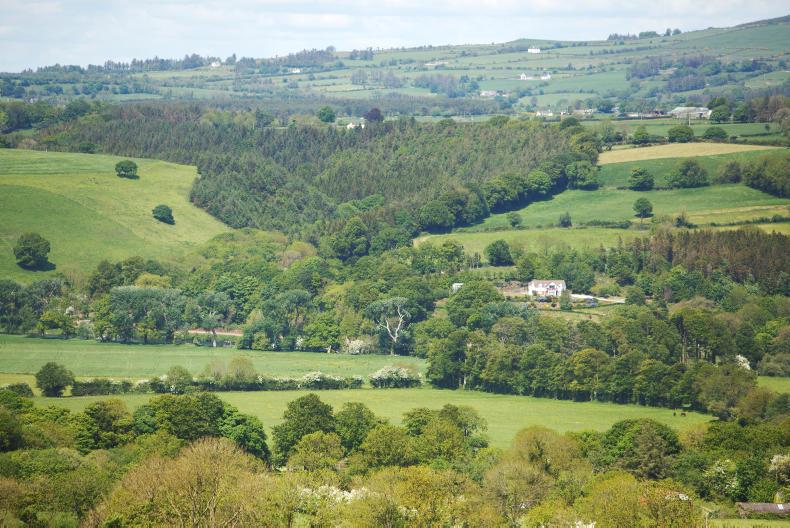
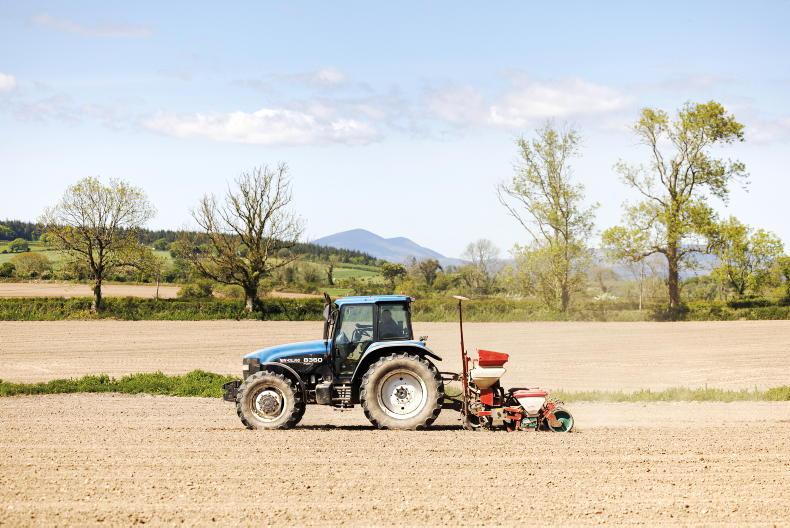
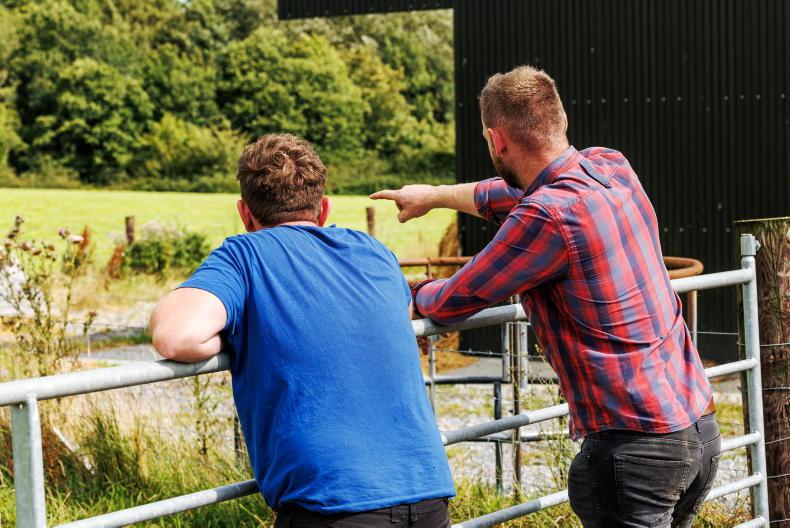
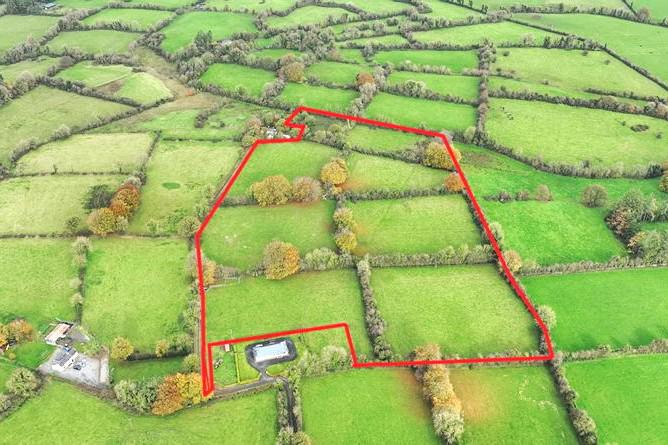
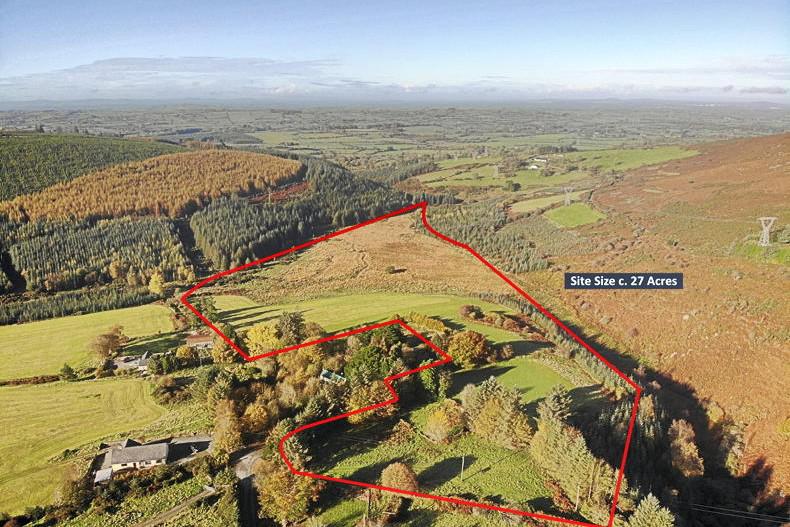
SHARING OPTIONS